When an event comes with complementary hand-sanitiser and protective gloves the warning signs are evident: Be prepared to roll your sleeves up and crack on. Thankfully we were addressing a room full of dedicated artists and teachers - so little cause for concern on our part. That said, while we anticipated collecting something on this two-day adventure, we couldn't have predicted the bags of energy, creativity and good humour that participants would arrive with, and then share so generously along the way. Working with this collective of artists and participants was an absolute treat - good people, sharing, experimenting, getting lost, making strange noises...
Here's how our time together unfolded...
Day 1: Authenticity, in the city
With Day 1 complete, and time to spare prior to our evening meal, it was off to the pub. Now, which way did you say it was?
Day 2: Getting Lost
We began the day by writing postcards. Working in pairs, colleagues shared stories about their personal experiences of being lost - physically, existentially, temporarily, hopefully. They then wrote what they remembered of these stories on postcards, a simple act of translation. They were then asked to return the postcards to the story tellers so that they could, in turn, 'lose' them in the city later in the day, either giving them to a stranger or leaving them somewhere to be 'found' at a later date. A gift, of sorts.
Photography is a great adventure in thinking and looking, a wonderful magic toy that miraculously manages to combine our adult awareness with the fairy-tale world of childhood, a never-ending journey through great and small, through variations and the realm of illusions and appearances, a labyrinthine and specular place of multitudes and simulation.
Following a brief Q&A we arranged to meet again at Spitalfields Market for lunch and everyone set off on various routes through the city.
The sudden change of ambiance in a street within the space of a few metres; the evident division of a city into zones of distinct psychic atmospheres; the path of least resistance which is automatically followed in aimless strolls (and which has no relation to the physical contour of the ground); the appealing or repelling character of certain places - all this seems to be neglected.
-- Guy Debord Introduction to a Critique of Urban Geography
We would like to thank all the participants who put their trust in us over the two days, giving up part of their half term holiday or offers of work to get a little lost with us. We are also grateful to our two lead artists, to our wonderful colleagues at Tate, The Photographers' Gallery and Autograph, for helping to make both days so enjoyable. We always learn such a lot from working with passionate and dedicated colleagues and we hope the event is another way of developing a network of photography educators who will continue to collaborate on projects and reflect on imaginative ways to teach our wonderful subject. Please feel free to leave a comment here or get in touch with us. We'd love to have some feedback from participants and readers of the blog which will help us plan our next event.
-- Jon and Chris

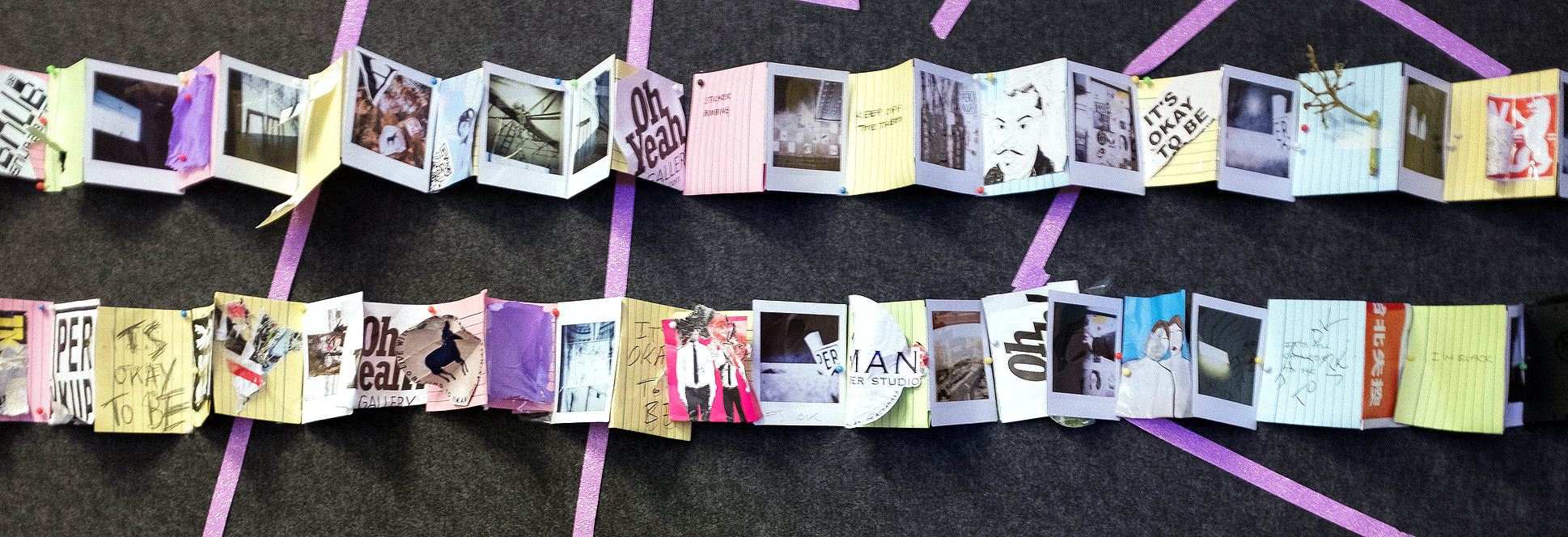
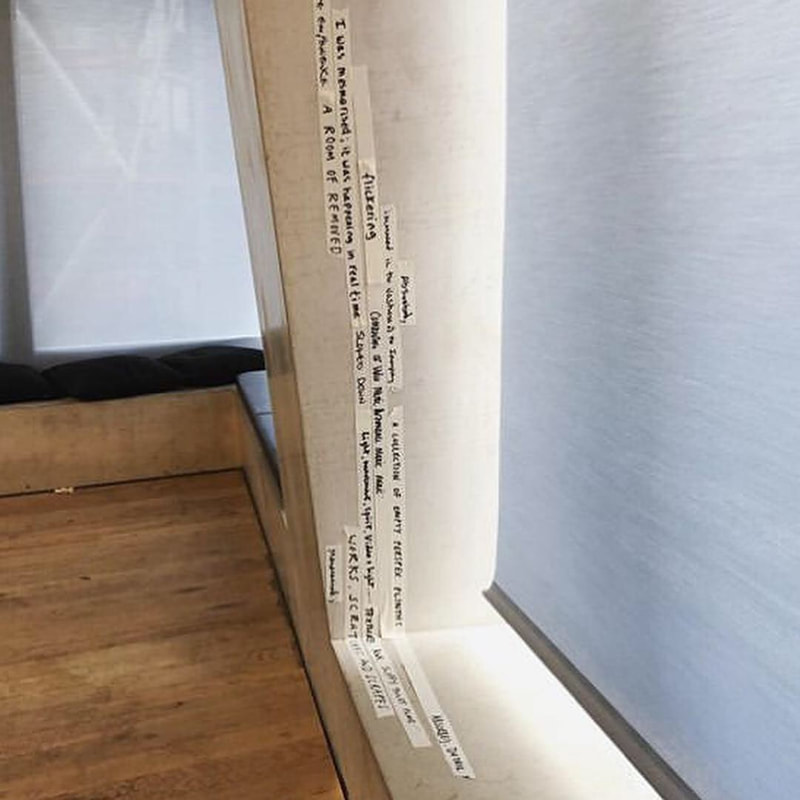
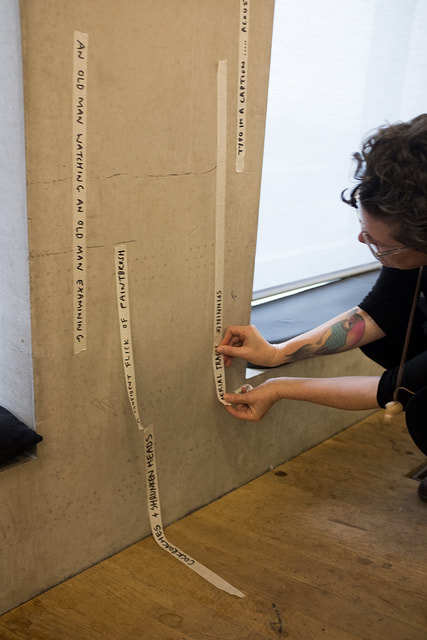
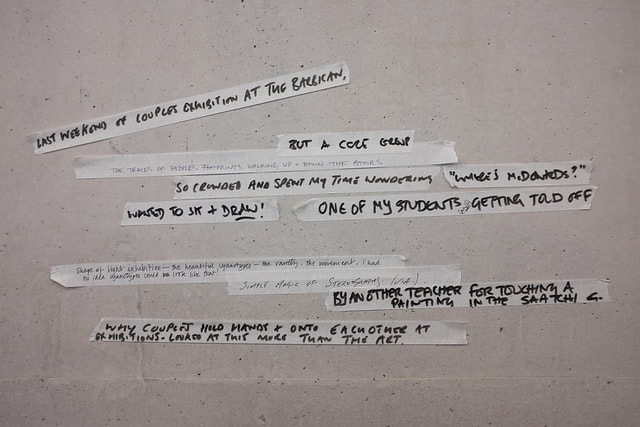
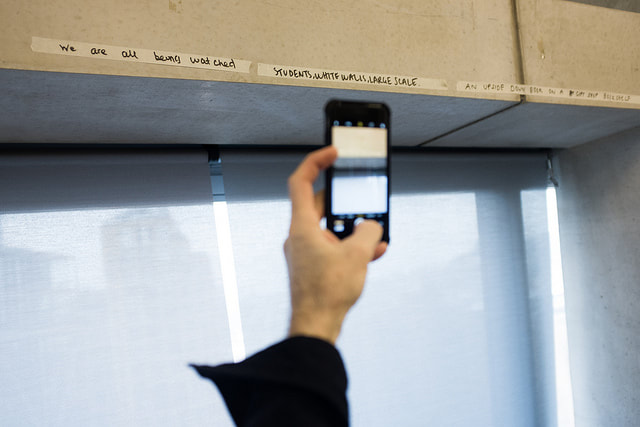
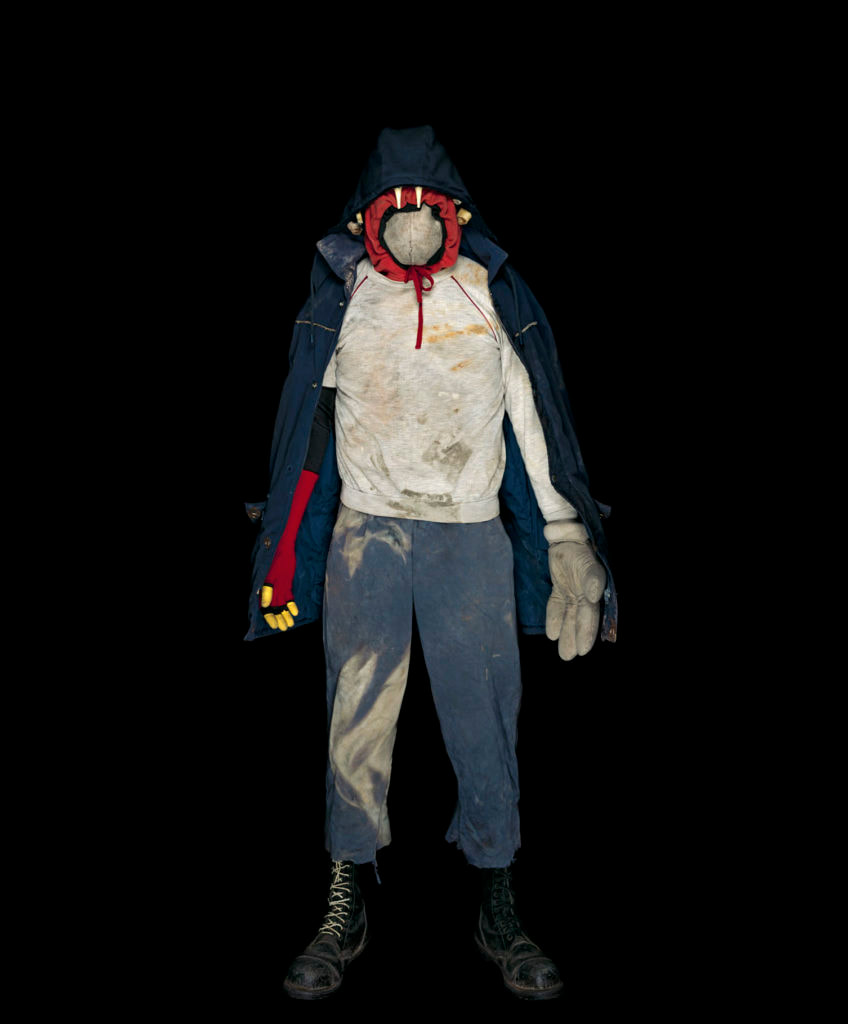
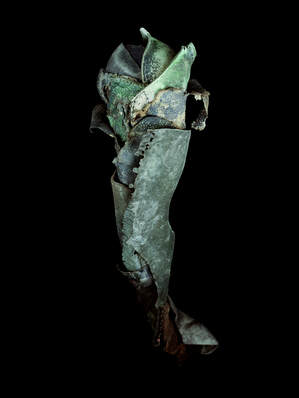
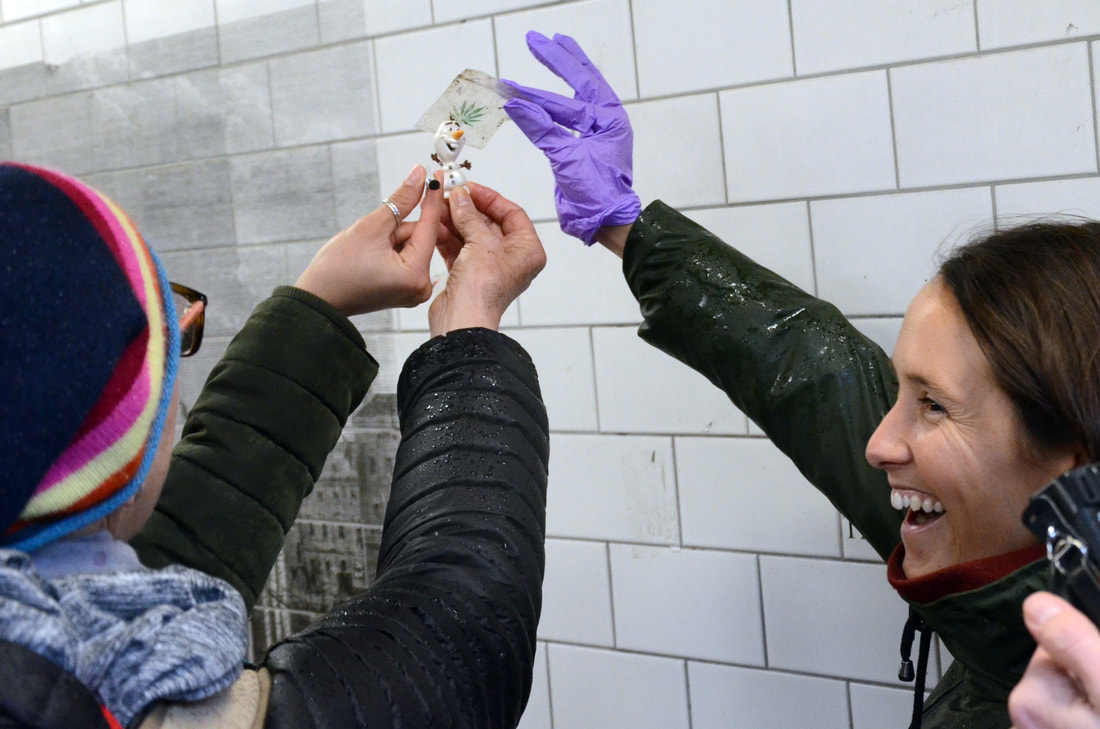
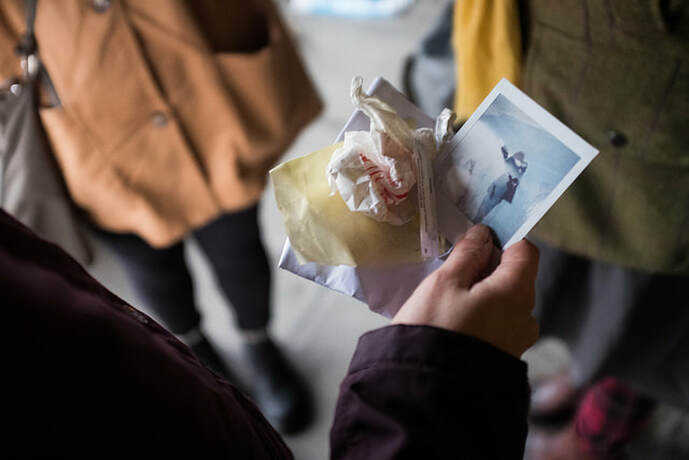
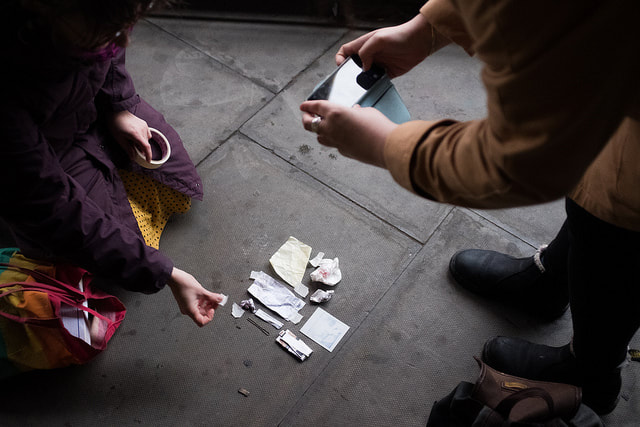
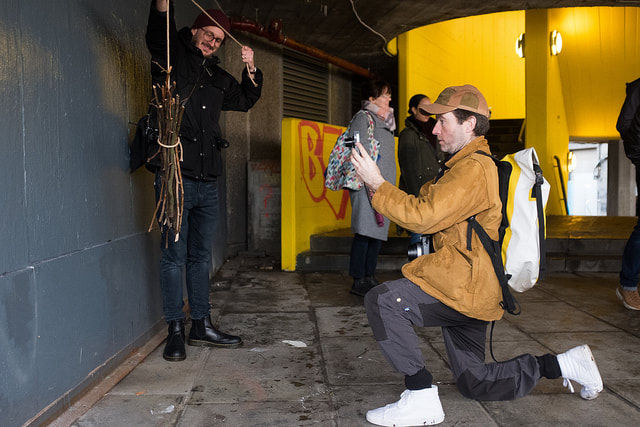
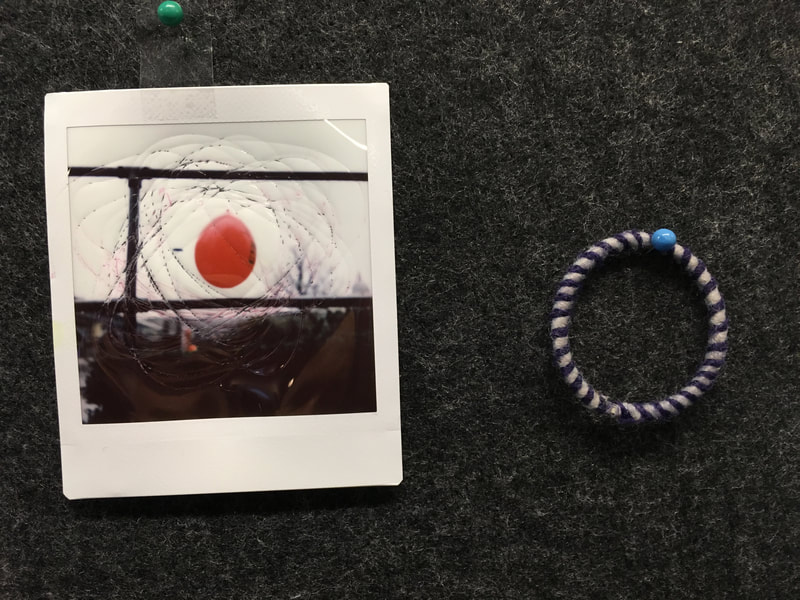
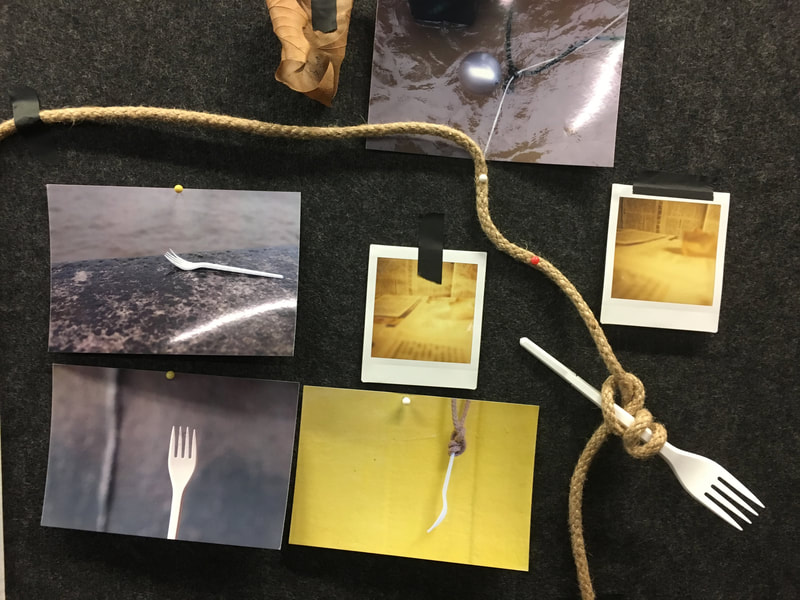
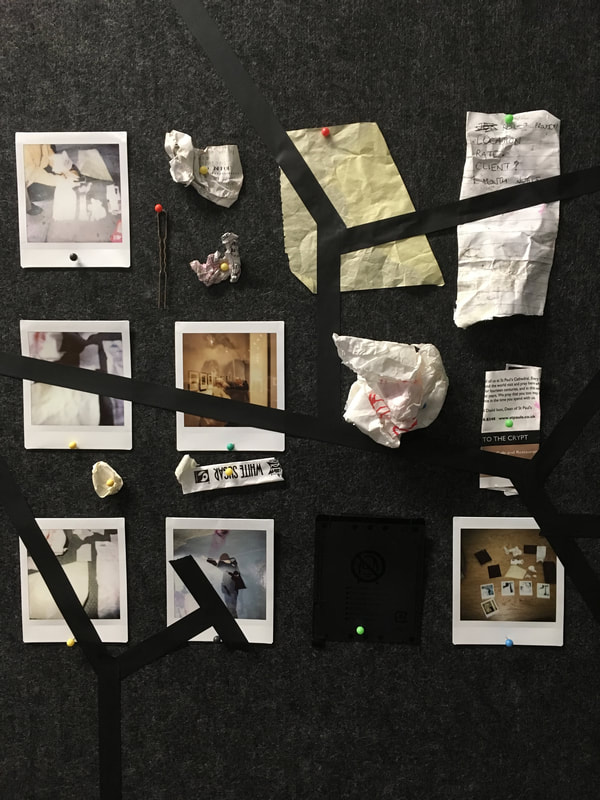
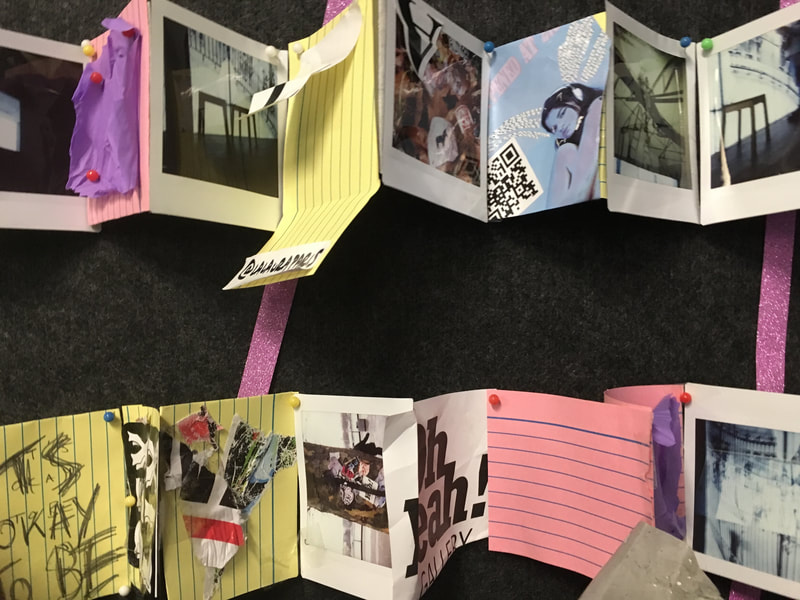
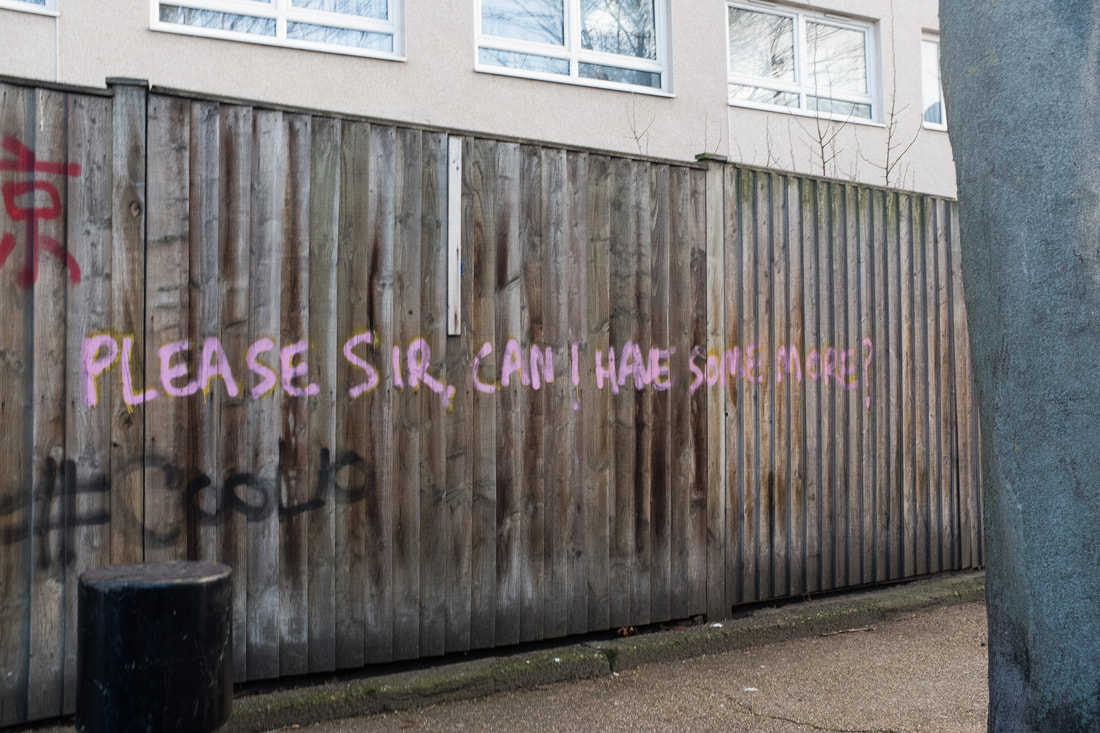
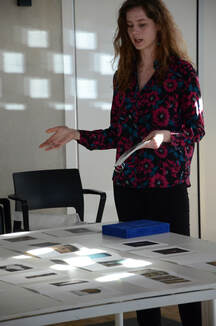
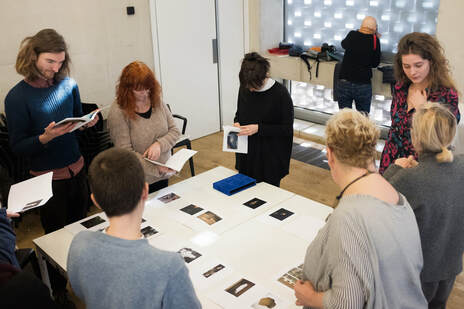
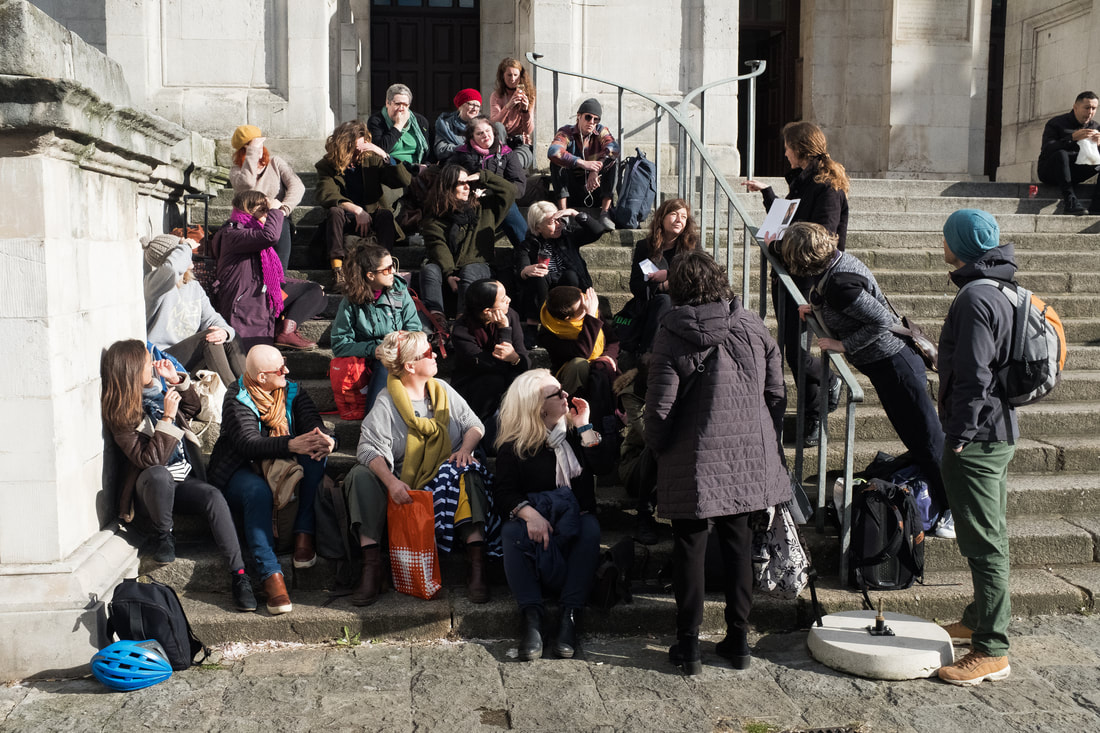
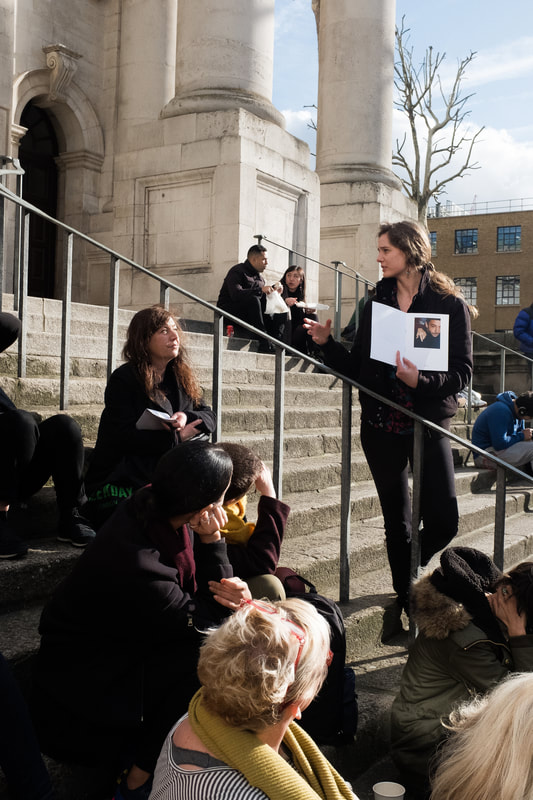
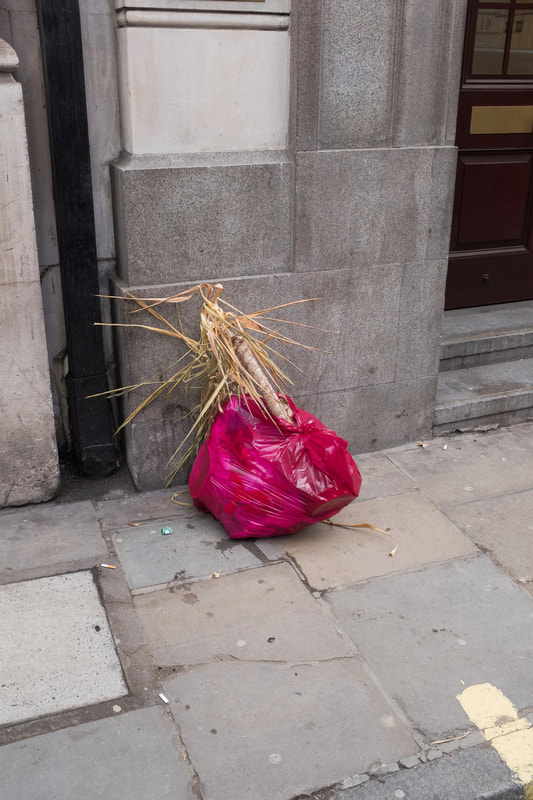
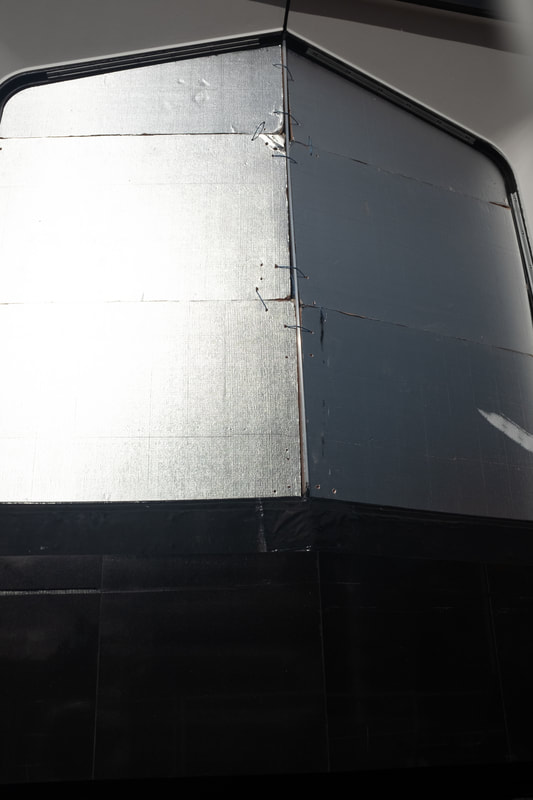
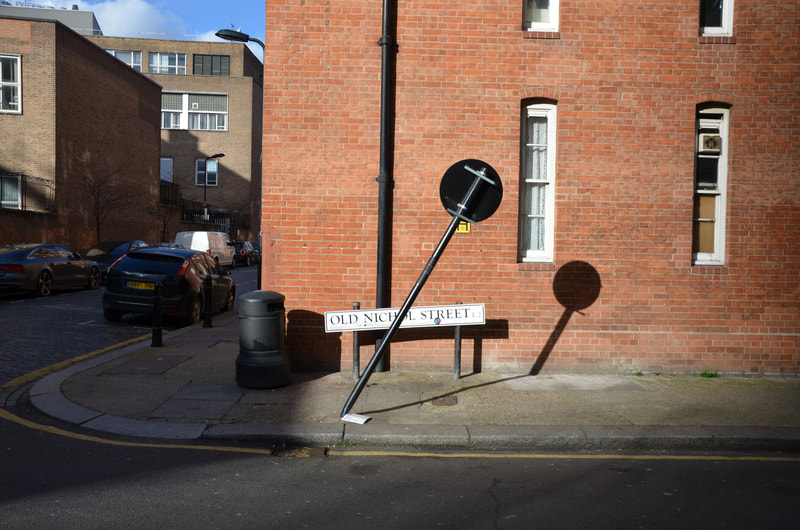
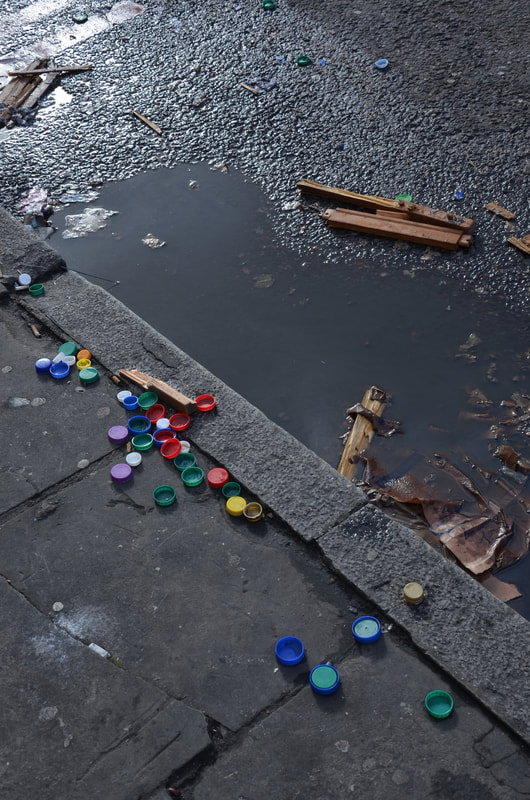
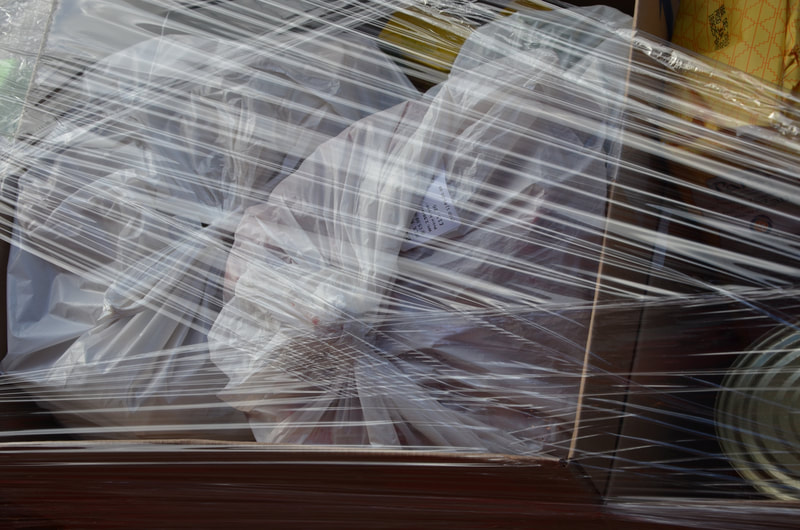
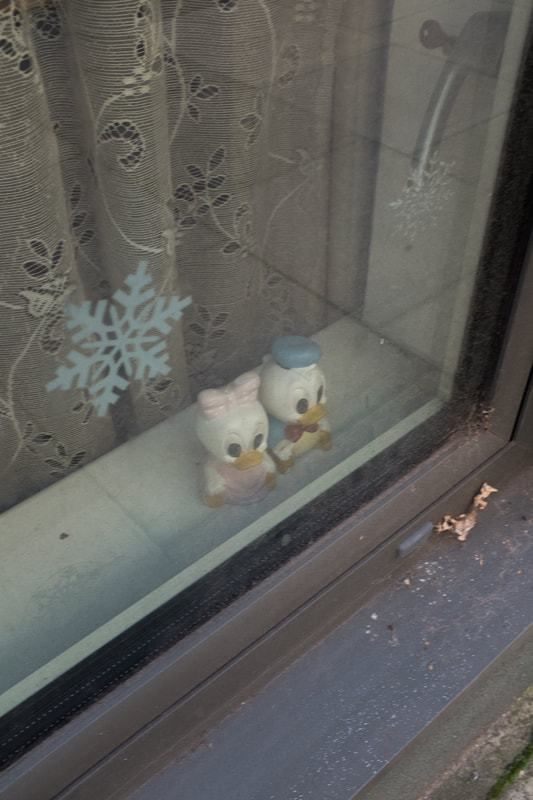
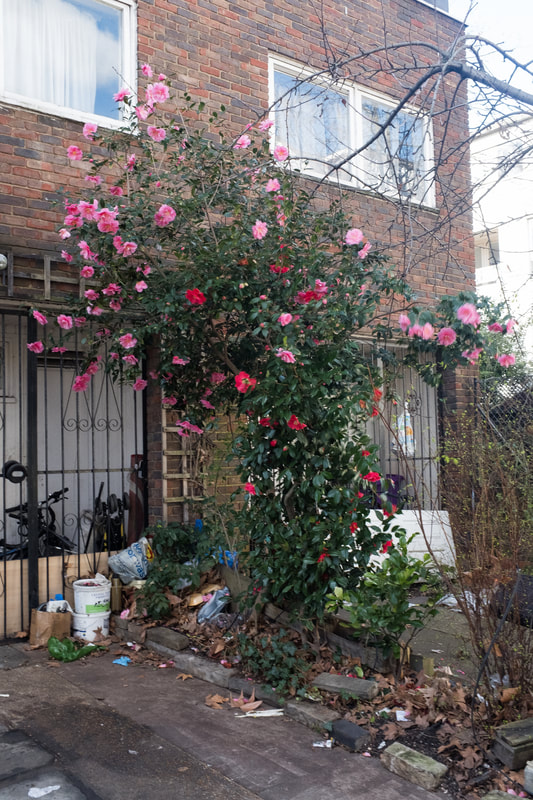
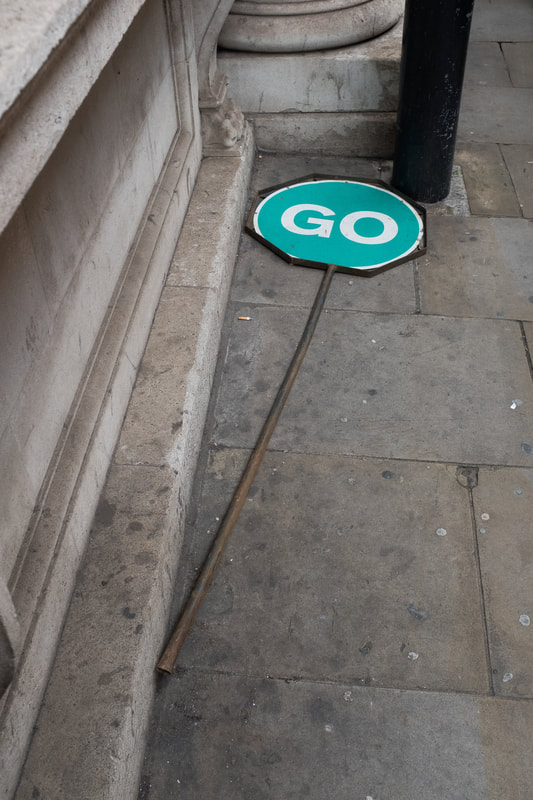
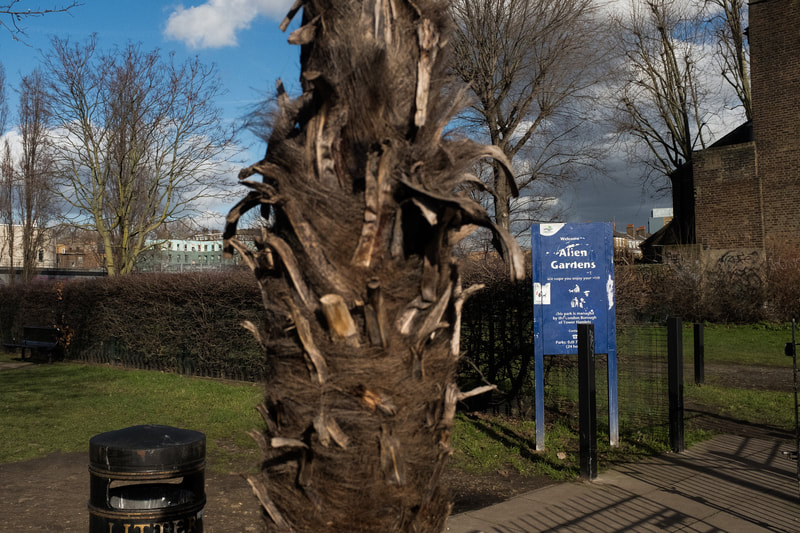
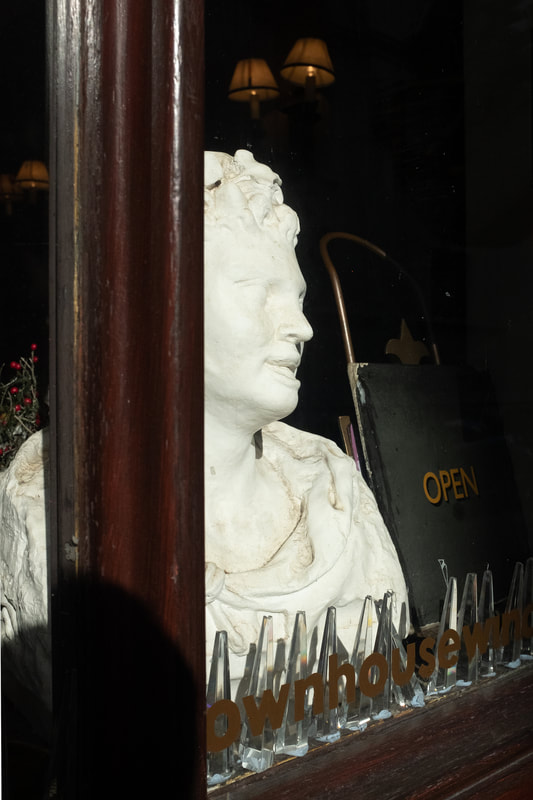
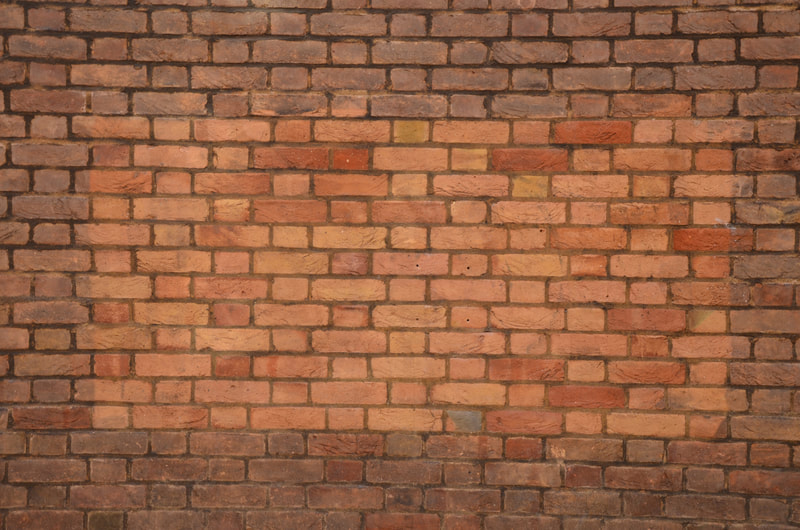
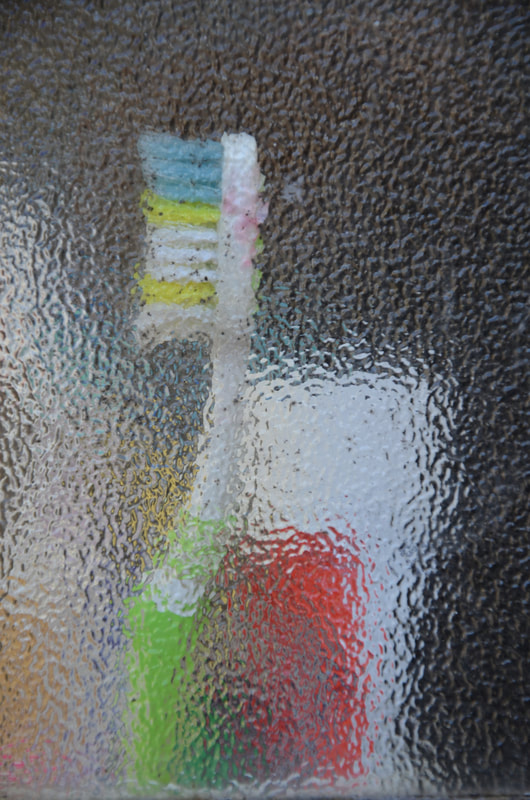
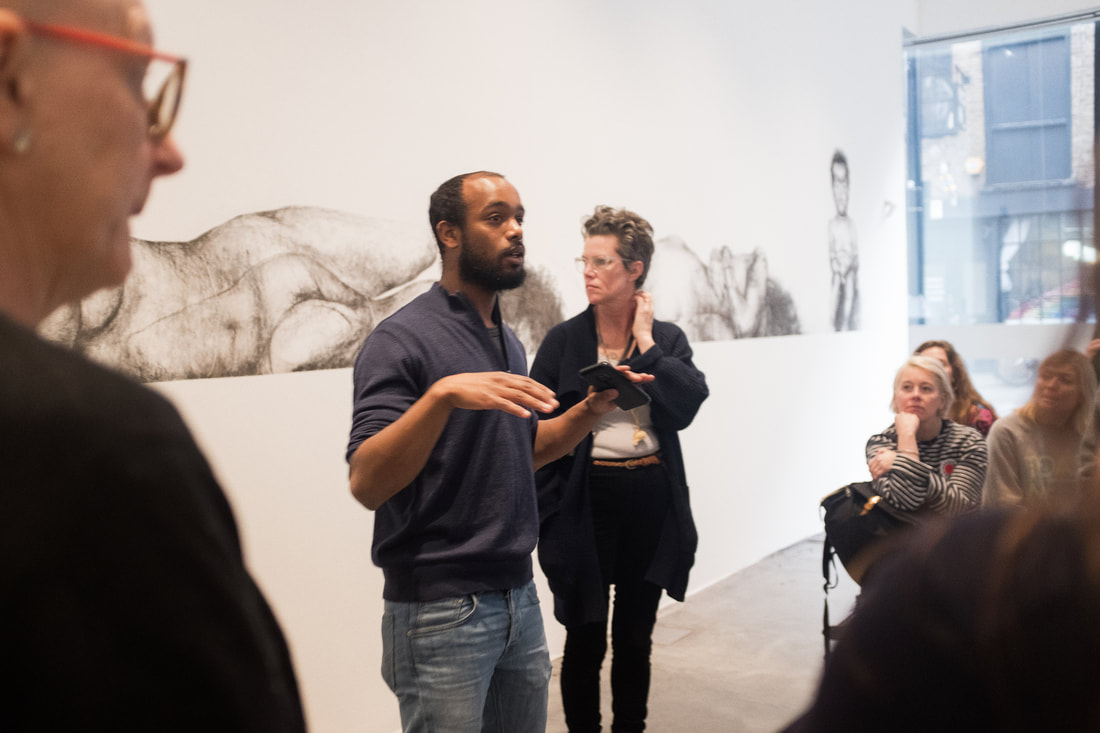
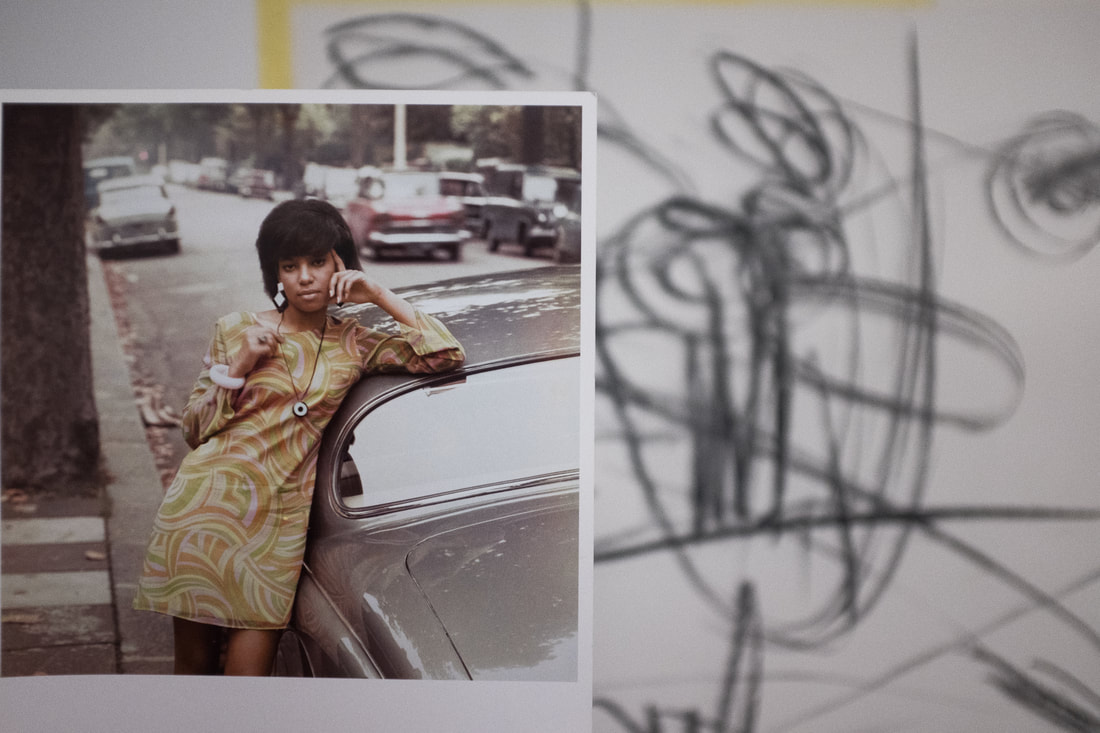
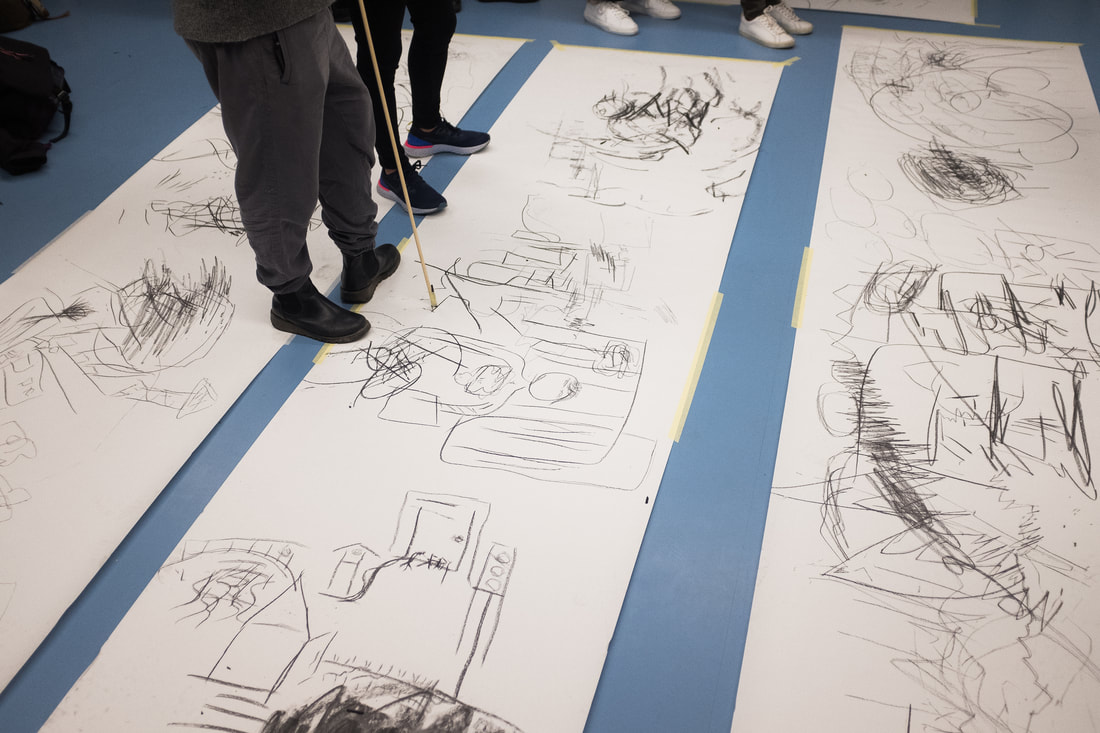
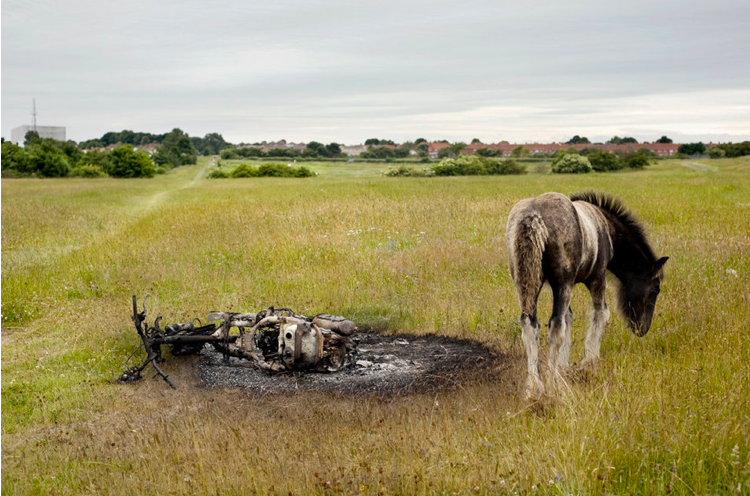
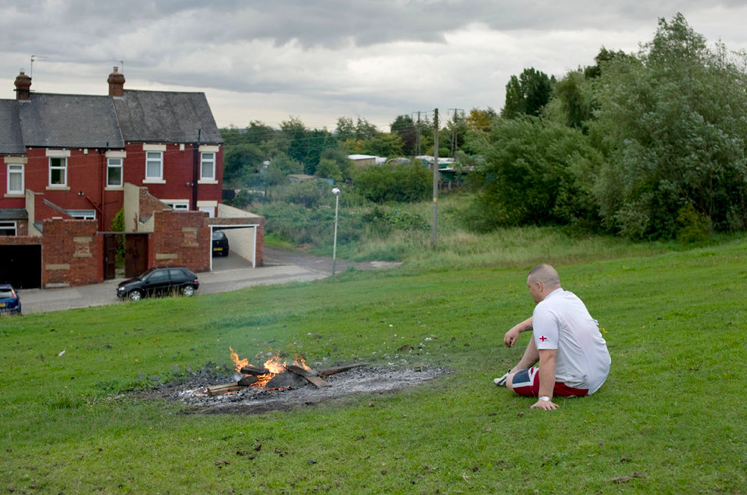
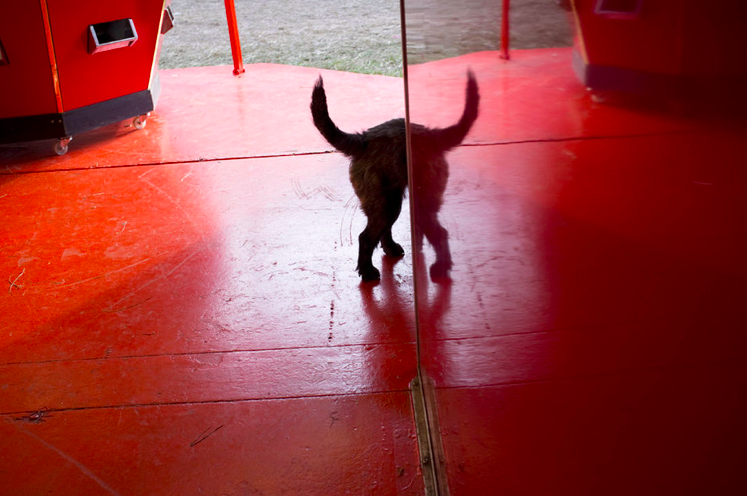
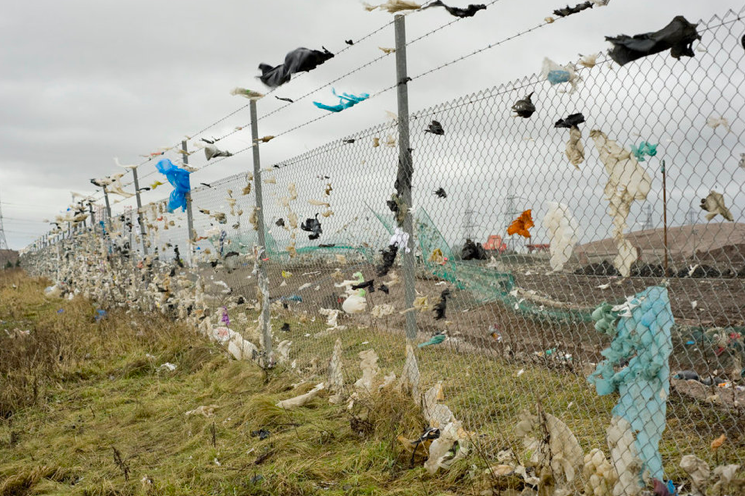
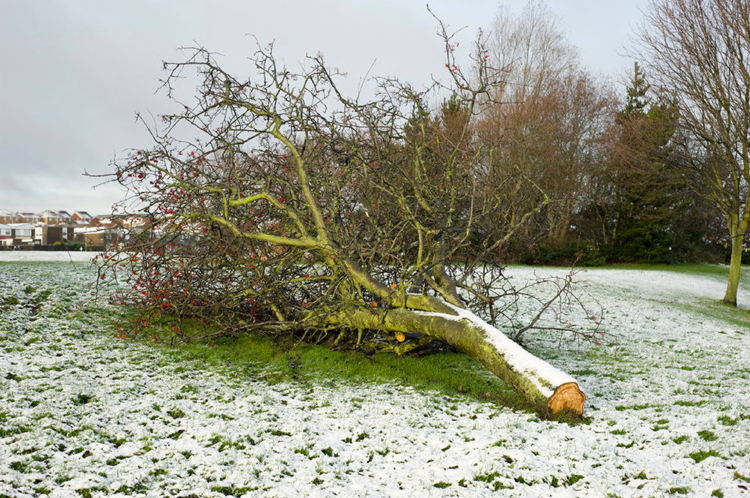
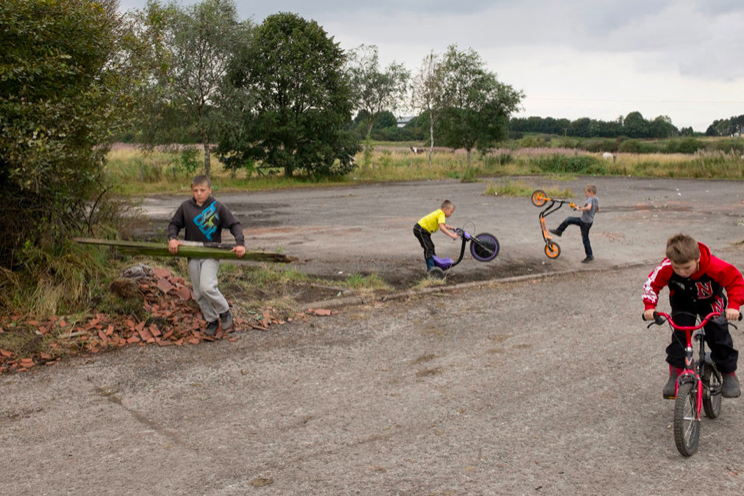
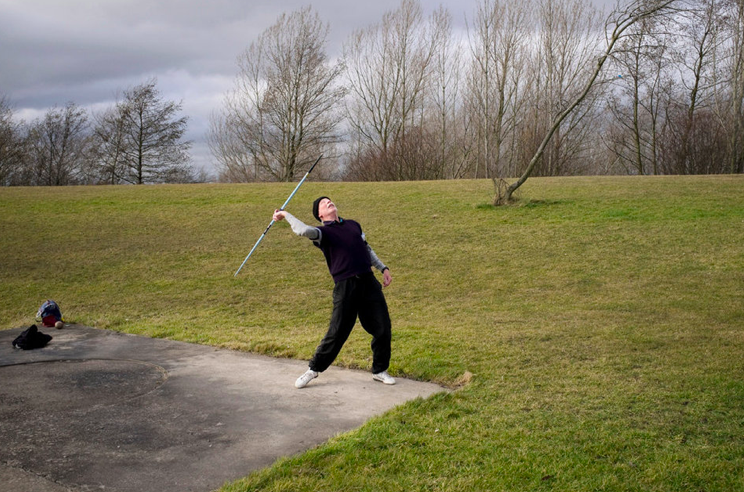
 RSS Feed
RSS Feed